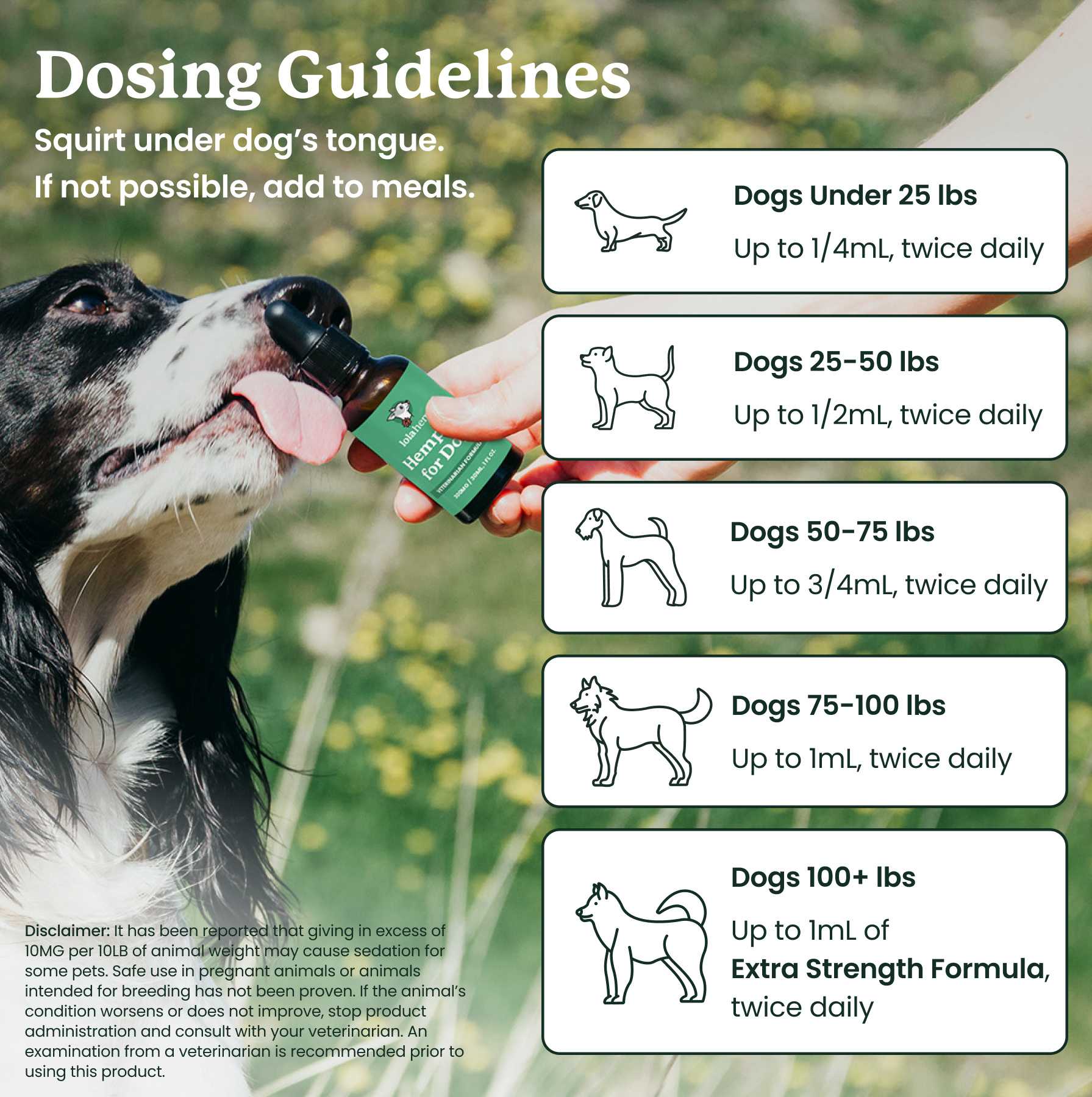As your senior dog ages, you might face new health challenges. One of these challenges could be canine seizures. Old dog seizures can be a scary thing to see.
Seizures happen when your dog's brain goes haywire for a bit. Think of it like an electrical storm in your dog's head. This causes odd behavior that your senior dog can't control. It's not just old dogs that get seizures but they're more common in senior pets.
We'll help you understand what happens before, during, and after a seizure. You'll learn how to keep your senior dog safe, and when to call the vet. With the right care, many dogs with seizures can still have a good quality of life.
Types of Seizures in Senior Dogs
Knowing the different types of seizures in dogs can help you better care for your old friend. Let's look at the main types of seizures dogs can have.
Grand Mal Seizures in Dogs
Grand mal seizures are what most people think of when they hear "seizure." These are also called generalized seizures because they affect your dog's whole body. Here's what happens:
Your dog's seizure might cause them to fall over suddenly. Their whole body will shake and jerk. They might chomp their jaw or drool a lot. Some dogs pee or poop during a grand mal seizure. These usually last a few minutes, but it can feel much longer when you're watching.
After a grand mal seizure, senior dogs might be confused or very tired. This is normal. They need time to recover.
Focal Seizures
Focal dog seizures are trickier to spot. They only affect one part of your dog's body. Maybe one leg starts twitching, or your dog's face looks funny on one side. These seizures can be so small you might miss them if you're not paying close attention.
Sometimes, a focal seizure can turn into a grand mal seizure. That's why it's important to watch senior dogs closely if you notice any odd twitches or movements.
Psychomotor Seizures
Psychomotor seizures are the odd ducks of the seizure world. Your dog might do strange things over and over. They might chase their tail non-stop or stare at nothing. Some dogs snap at the air like they're catching flies that aren't there.
These seizures can look like weird behavior rather than a medical problem. But if you notice your senior dog doing the same odd thing over and over, it might be a psychomotor seizure.
Cluster Seizures
When dogs have more than one seizure in a day, they are called cluster seizures. They can be any type of seizure: grand mal, focal, or psychomotor. The important thing to remember is that they happen close together.
Cluster seizures can wear your dog out and even be life-threatening. If your old dog has more than one seizure in 24 hours, call your vet right away.
Status Epilepticus
Status epilepticus is a serious type of seizure disorder that lasts more than 5 minutes, or when your dog has seizures so close together that they can't recover in between. If this type of seizure occurs, rush your dog to the vet as fast as you can to avoid brain damage.
Why Seizure Identification Matters
Knowing what type of seizures senior dogs are having helps vets choose the right treatment. It also helps you know when to worry and when to stay calm.
For example, if your old dog's seizure is a short focal seizure, you might just need to watch them closely. But if they have status epilepticus, you need to rush to the vet.
Which Breeds Are at Higher Risk?
When it comes to old dog seizures, some breeds seem to draw the short straw. While any dog can have seizures, certain breeds are more likely to experience them.
Breeds with Higher Seizure Risk
Research shows that some dog breeds have a higher chance of developing seizures or epilepsy. Pugs, for example, are approximately three times more likely to have seizures than Labrador Retrievers.
Speaking of Labrador Retrievers, they're not off the hook either. About 3 out of every 100 Danish Labrador have epilepsy. That's higher than the average for all dogs.
Belgian Shepherds, especially the Groenendael and Tervueren types, also face a higher risk. Nearly 1 in 10 of these dogs might develop epilepsy. What's tricky is that it often shows up later in life, so you might not see it coming.
Great Swiss Mountain Dogs are another breed to watch. They're genetically prone to idiopathic epilepsy; epilepsy without a clear cause. Male dogs of this breed seem to get hit harder, often with severe seizures.
Dutch Partridge Dogs round out our list of high-risk breeds. Scientists have even found a specific spot on their genes that might be linked to their seizure risk.
Why Do Dog Seizures Occur in Some Breeds More Than Others?
It's all in the genes. Just like how some breeds are more likely to have certain colors or sizes, some are more likely to have seizure disorders.
Breeders and vets are working hard to understand these genetic links. They hope to reduce the number of dogs born with a high seizure risk. But it's not always simple. Sometimes, the genes that cause seizures are tied to other traits that make the breed special.
Why Your Dog's Seizure Could Be Occurring
When your senior dog starts having seizures, it's natural to wonder why. There are many reasons why older dogs might experience seizures. Let's look at some of the most common causes.
1. Idiopathic Epilepsy
Sometimes, vets can't find a clear reason for your dog's seizures. This is called idiopathic epilepsy. It's like your dog's brain has a faulty electrical system. While it's more common in younger dogs, senior dogs can have it too. If your dog has more than one seizure and other causes are ruled out, idiopathic epilepsy might be the culprit.
2. Brain Tumors
As dogs age, they're more likely to develop brain tumors. These growths can press on parts of the brain, causing seizures. If your older dog suddenly starts having seizures, especially if they're getting worse over time, a brain tumor might be to blame. Your vet will need to do tests to check for this.
3. Kidney and Liver Disease
Your dog's kidneys and liver are important for filtering out toxins. When these organs don't work well, toxins can build up in the blood and lead to seizures. Senior dogs are more prone to kidney and liver disease.
If your dog is having seizures along with other signs such as increased thirst or yellowing eyes, kidney or liver disease might be the problem.
4. Metabolic Disorders
Seizures that happen because something's off with your dog's body chemistry could be due to an underactive thyroid, problems with calcium levels, or other metabolic disorders. These issues are more common in senior dogs. Your vet can do blood tests to check for these problems.
5. Low Blood Sugar
If your dog's blood sugar drops too low, it can trigger a seizure. This is more likely to happen in senior dogs with diabetes or other health issues. If your dog seems weak or confused before a seizure, low blood sugar might be the cause.
6. Head Trauma
Seizures in dogs can often start because of an old head injury. Maybe your dog had an accident years ago that you didn't know about. As they age, the effects of that old injury might show up as seizures.
Other potential causes that can cause seizures in older dogs include:
Infections: Infections in the brain can cause seizures.
Strokes: Just like people, dogs can have strokes which can lead to seizures.
High Blood Pressure: Older dogs might develop high blood pressure, which can cause seizures in some cases.
Caring for Your Senior Dog During Seizures
Knowing how to handle seizures in senior dogs at home is crucial. With the right approach, you can keep your furry friend safe and comfortable.
1. Making Your Home Seizure-Safe
Creating a safe space for your dog is the first step. Think about where your dog spends most of their time. Remove any sharp objects or furniture with hard edges. If your dog likes to climb on furniture, consider blocking access to prevent falls during a seizure.
Keep floors clear of small objects your dog might swallow if a seizure occurs. If you have stairs, use gates to block them off. This prevents your dog from falling if a seizure strikes while they're near steps.
In the bedroom, make sure your dog's bed is low to the ground. If they sleep with you, consider moving them to a safer spot on the floor.
2. What to Do When a Seizure Happens
If you see your old dog having a seizure, stay calm. Remember, most seizures in dogs last only a few minutes. Here's what to do:
Move any objects away from your dog that might hurt them. Don't try to hold your dog down or put anything in their mouth. This could harm you or your pet.
If possible, gently slide a pillow under your dog's head for protection. Keep other pets away as they might get scared or try to interfere.
Time the seizure if you can. Knowing how long it lasts helps your vet. If the seizure lasts more than five minutes, it's an emergency. Call your vet right away.
After the seizure, your dog might be confused. Keep the room quiet and dark. Speak softly to your pet. Let them rest and recover at their own pace.
3. When to Call the Vet Right Away
While most seizures don't require immediate vet care, some situations are emergencies. Call your vet right away if:
The seizure lasts more than five minutes
Your dog has more than one seizure in 24 hours
Your dog doesn't seem to fully recover between seizures
The seizures are getting worse or happening more often
Your dog has trouble breathing during or after the seizure
Your vet might prescribe anti-seizure medications to help control your dog's seizure activity. It's important to give these medications consistently and as directed. For dogs with occasional seizures, your vet might not recommend daily anti-seizure medication. Instead, they might suggest ways to manage occasional seizures at home and when to seek emergency care.
Old Dog Seizure Prevention Tips
As your dog ages, preventing seizures becomes a top priority. While you can't always stop seizures from happening, there are steps you can take to reduce their frequency and severity.
Every dog is different, and what causes seizures in one might not affect another. Pay close attention to your old friend's behavior and surroundings. You might notice patterns that could point to seizure triggers.
Common triggers for seizures in dogs include:
Stress or anxiety
Sudden loud noises
Flashing lights
Certain smells
Changes in routine
Once you identify potential triggers for seizures in dogs, try to avoid them. If loud noises bother your dog, create a quiet space for them during thunderstorms or fireworks. If changes in routine trigger seizures, keep your dog's daily schedule as consistent as possible.
1. Keeping Your Senior Dog in Top Shape
Overall health plays a big role in preventing seizures. A healthy senior dog is better equipped to fight off seizures. Make sure your old pal gets regular exercise, but don't overdo it. Short, gentle walks or play sessions can keep them active without wearing them out.
Feed your dog a balanced diet appropriate for their age and health needs. Some senior dogs benefit from special diets that support brain health. Ask your vet about the best food choices for your pet.
Keep your dog at a healthy weight. Obesity can make seizures more likely and harder to control. If your older dog needs to shed a few pounds, work with your vet on a safe weight loss plan.
2. Regular Vet Visits
Regular check-ups are crucial for senior dogs, especially those prone to seizures. Your vet can spot potential problems before they lead to seizures. They might recommend blood tests for underlying issues like liver or kidney disease.
Don't skip these visits, even if your dog seems fine. Some health problems that can cause seizures don't show obvious signs until they're serious. Catching them early can make a big difference.
The path of caring for a senior dog with seizures is one of courage, patience, and unconditional love. As you navigate this chapter together, remember that your dedication is making a world of difference.
Frequently Asked Questions about Seizures in Old Dogs
What are the most common signs of old dog seizures?
Common signs include shaking, twitching, drooling, collapsing, unusual behavior, and confusion after the seizure.
How serious are seizures in senior dogs?
Seizures can range from mild to life-threatening. Senior dogs are more vulnerable, especially if seizures last more than five minutes or happen repeatedly.
What should I do immediately when my senior dog has a seizure?
Stay calm, move objects away, avoid touching their mouth, time the episode, and call your vet if it lasts over five minutes.
Can old dog seizures be prevented?
Not always, but identifying triggers, maintaining a healthy routine, and regular vet visits can help reduce frequency and severity.
When should I take my senior dog to the vet for seizures?
Seek veterinary care if seizures last longer than five minutes, occur in clusters, worsen over time, or if your dog struggles to recover.









